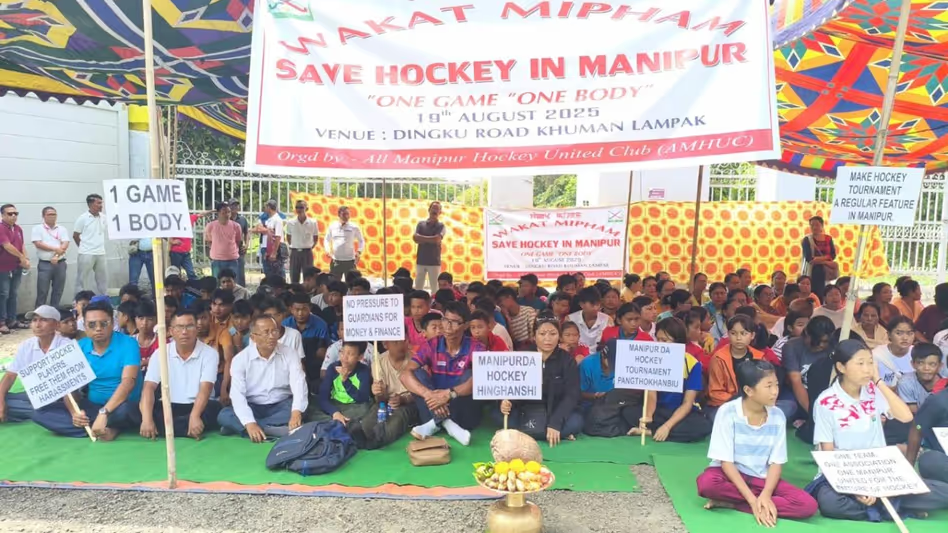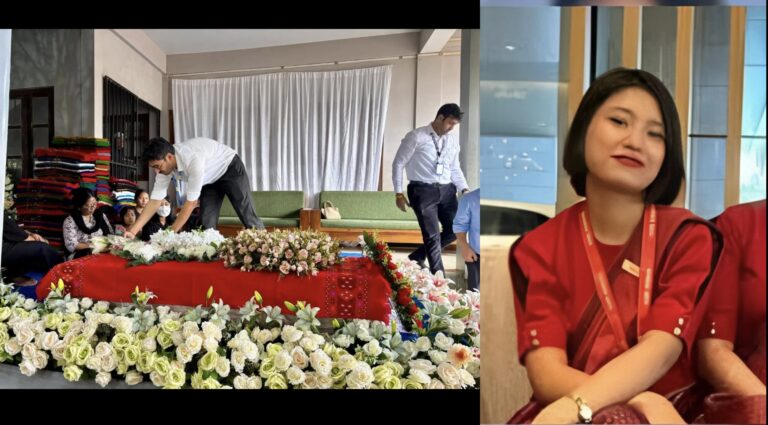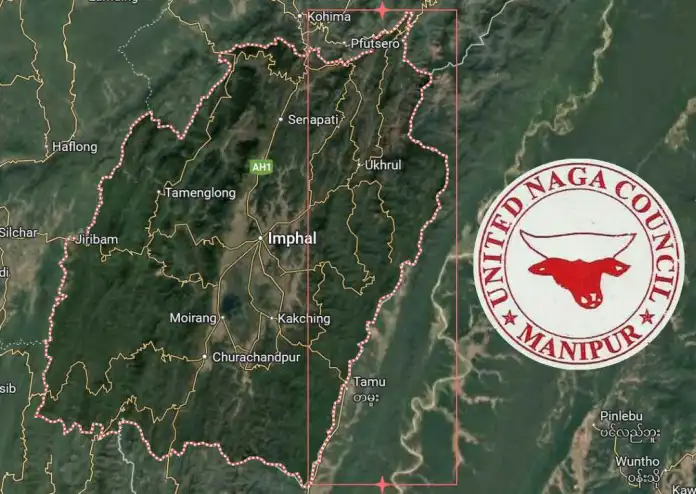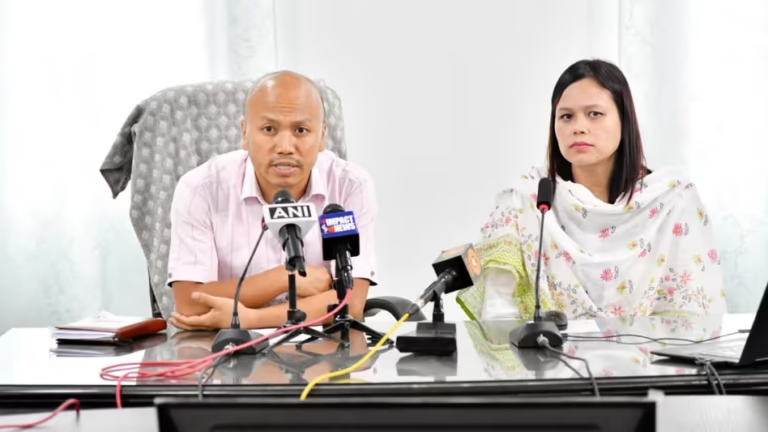All Manipur Hockey United Club protests demanding ‘One Game One Body’ for survival of sport
Short summary
All Manipur Hockey United Club (AMHUC) staged a sit-in protest at Khuman Lampak Stadium on August 19, 2025, demanding that the “One Game — One Body” principle (as instructed by the Indian Olympic Association) be enforced in Manipur to stop fragmentation and save hockey in the state. Players, coaches and club members highlighted that multiple rival organisations, an ongoing court case, and lack of coordinated support from state authorities and Hockey India have left hockey in a fragile, demoralised state. AMHUC’s president Soraisem Ratan Singh warned that unless governance is fixed, aspiring hockey players in Manipur will suffer
Why this protest matters
Have you ever watched a talented kid give up a dream because the system around them simply wouldn’t cooperate? That’s the heartache unfolding in Manipur’s hockey scene right now. Hockey isn’t just a sport there — it’s a community lifeline and a proud part of the state’s athletic identity. When organisations that should be helping athletes end up working at cross-purposes, the cost isn’t measured in boardroom disputes — it’s measured in dashed hopes, stalled careers, and lost future Olympians.
On August 19, 2025, members of the All Manipur Hockey United Club (AMHUC) made that pain visible with a sit-in at Khuman Lampak Stadium. Their demand was simple and sensible: follow the Indian Olympic Association’s guideline of “One Game — One Body” to centralize governance and protect players. But what does that mean in practice, how did things get so fractured, and what needs to change? Let’s break it down.
A little context: Hockey’s legacy in Manipur
If you know India’s sporting map, Manipur punches way above its weight. The state has produced elite athletes across sports, and hockey used to be among its crown jewels — once a feeder to national squads and Olympians. That legacy makes the current situation particularly painful: where there was pride and steady pathways for talent, players now face confusion and administrative gridlock. When institutions are fragmented, support (financial, coaching, exposure) dries up — and talent migrates or fades. This isn’t just theory; AMHUC members say it’s happening now.
What happened on August 19, 2025 — the protest in brief
On that day, AMHUC organized a sit-in protest at Khuman Lampak Stadium. The event drew players, coaches, and club members from around the state who voiced their frustration at the multiplicity of hockey organizations operating in Manipur. AMHUC President Soraisem Ratan Singh publicly decried the “constant degradation” of hockey’s status in the state and urged authorities to step in to preserve and promote the sport. He also pointed to a court case involving some hockey organisations that has negatively impacted players. The club pressed for strict adherence to the Indian Olympic Association’s “One Game — One Body” instruction.
What does “One Game — One Body” actually mean?
Put simply: for each sport, there should be a single recognised governing body that runs things — from selection, coaching programs and affiliation to tournament organisation and funding distribution. The idea is to prevent duplication, conflicting authorities, and corruption, and to provide clear, accountable leadership so athletes receive consistent support.
Think of it like a single conductor for an orchestra. If each section of the orchestra followed a different conductor, chaos would ensue — and the music (or in this case, athlete development) would suffer. That’s what the AMHUC is warning against: too many conductors, and hockey’s symphony in Manipur is falling out of tune.
FAQs
Q1: What exactly did AMHUC demand during the protest?
They demanded strict adherence to the Indian Olympic Association’s “One Game — One Body” guideline to unify hockey governance in Manipur and protect players from the confusion created by multiple organisations.
Q2: Where and when did the protest take place?
The sit-in was held at Khuman Lampak Stadium on August 19, 2025.
Q3: Who spoke on behalf of AMHUC?
AMHUC President Soraisem Ratan Singh addressed the media at the sidelines of the protest, raising concerns about the demoralising effect of fragmented governance and a court case affecting organisations.
Q4: What are the immediate risks if the issue isn’t resolved?
Immediate risks include demoralised players, loss of funding, broken selection pathways for national events, and a decline in grassroots participation that could take years to reverse
Q5: How can ordinary citizens help hockey in Manipur now?
Citizens can support transparency by demanding public timelines from authorities, backing local clubs through volunteering or funding, and maintaining media attention to keep pressure on administrators to act in players’ interests.




